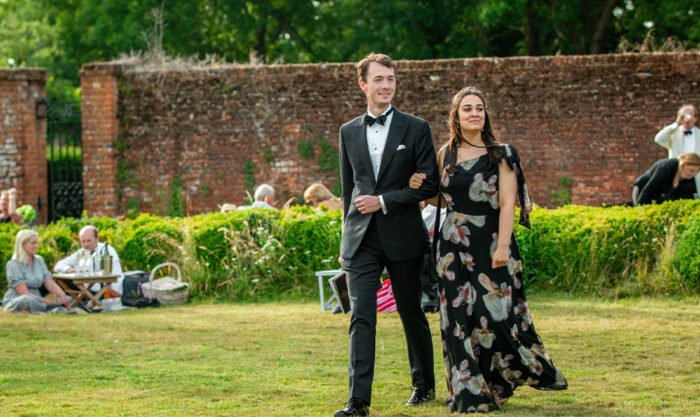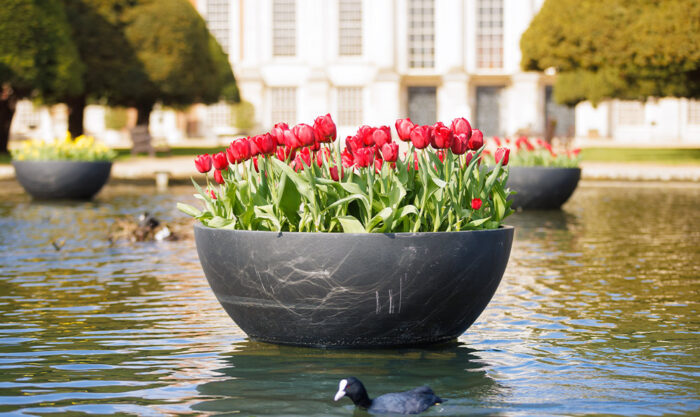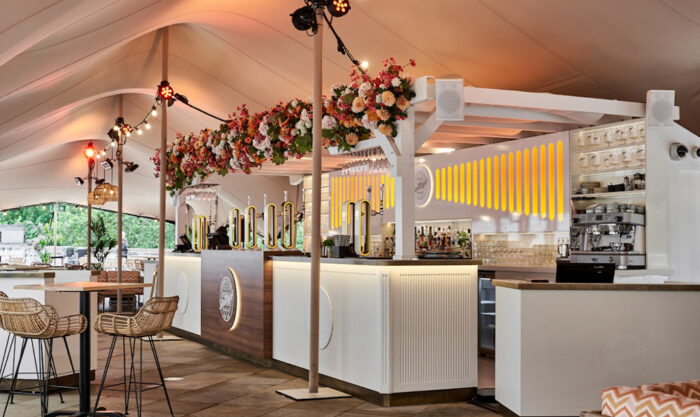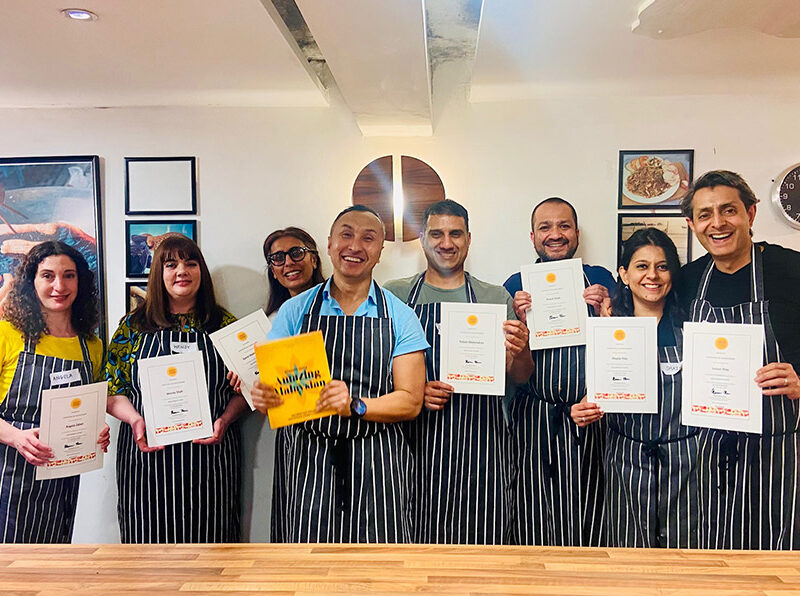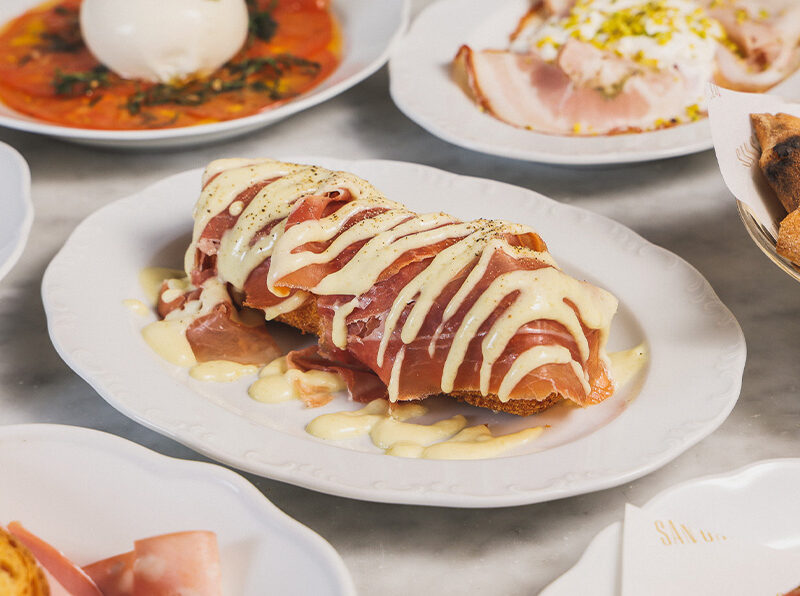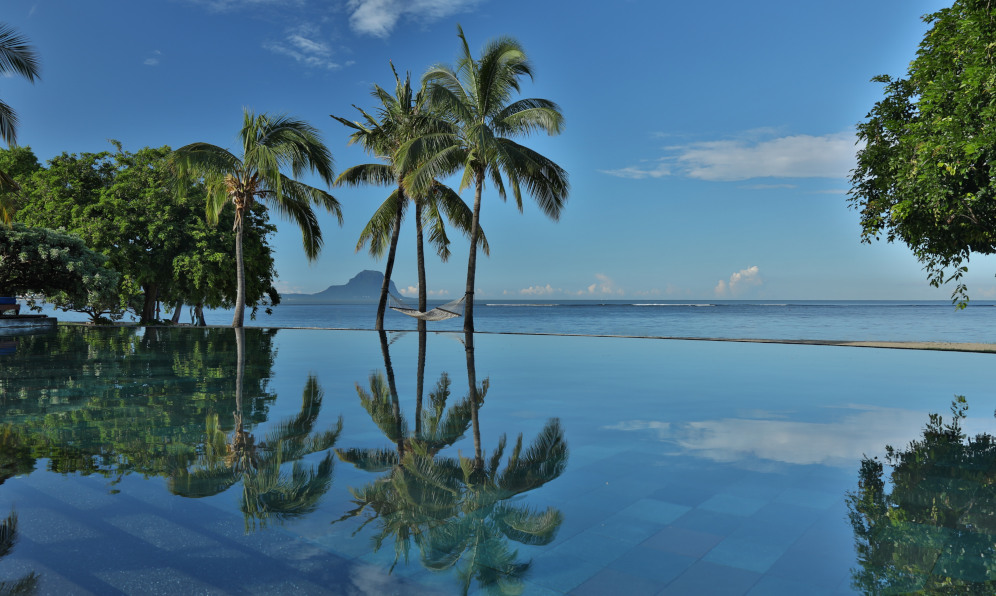
Mauritius review
While Mauritius is known for its glorious beaches, there is so much more to discover, as Tina Lofthouse finds out
Gazing up at a vast waterfall across a deep valley of lush vegetation, I wondered if I had stumbled upon a set for Jurassic Park. There are birds everywhere, some are dip-dyed scarlet, others fluorescent yellow. The bulbuls that try to steal your food look like mischievous punks with their spiky black crests.
Giant tortoises have been grazing alongside me, I’ve just eaten the ‘world’s coldest ice cream’ and millennia-old mounds of red, violet, orange and yellow clay have created another weird landscape that could also be a film set – a mini psychedelic Dune perhaps. I can hear what sounds like French being spoken, and yet it’s not.
Things are feeling quite surreal and very Alice in Wonderland… but then this place was once home to the dodo, which Lewis Carroll immortalised in his fiction. Curiouser and curiouser… where on earth am I? This is not the vision I had of Mauritius nor is it anything like the beachy scenes that flood Instagram on #mauritius. Maybe it was the rum I’d had. I’d been offered several to taste, and the aged one was good.
But no, it is indeed Mauritius. Just another side to it than the luxury beach breaks often associated with this island paradise off the south-east coast of Africa. In fact, there are many sides to it – which makes it perfect if, like me, you love the prospect of lounging on an icing-sugar white beach but a day after your toes have hit the sand you’re getting metaphorical, or literally, itchy feet and are already planning the next day’s adventure.
Pictured: Seven Coloured Earth, Chamarel waterfall, and temple, Mauritius Tourism Promotion Authority
And what a beach I had to plan my trip from. I was staying at the newly refurbished Maradiva Villa Resort & Spa, a five-star-deluxe spot set in a delightful bay near Flic en Flac on the west coast of the island. Your backdrop is the mountains, and, if you wish, the evening’s entertainment need only be the incredible sunset.
Maradiva is one of those places where you can be as sociable or as secluded as you like. You can enjoy some cocktails in the bar, join a barbecue beachside (I’m still dreaming of the ultra-fresh mahi-mahi I tried) or head to one of the restaurants that include Indian fine dining and a new Japanese place. There’s a cigar and wine bar, too. Or you can pop to nearby Sands, its sister hotel, for buffet dining by the sea.
Equally, you can dine in privacy on your expansive veranda, perhaps taking a dip in your own plunge pool. Maradiva is a charming spot and you can easily while away your holiday in the main infinity pool, enjoying the spa, taking part in yoga on the beach, or, as I loved, taking a kayak along the bay.
From Maradiva’s shore, you can see the historic Le Morne Brabant peninsula with its monolithic peak rising up out of the sea, a reminder of the island’s tragic past when the slaves, brought to work on the sugar plantations, escaped and hid out in the mountainside. It is a UNESCO Heritage Site and heralded as a symbol of freedom.
In fact, there are reminders everywhere. The Intercontinental Slavery Museum has recently opened to honour those brought as slaves. Other poignant tributes include a memorial that sits at the top of Mauritius’ dormant volcanic crater Trou Aux Cerfs to mark a Malagasy burial site.
Many of the slaves came from Africa, and when slavery was abolished, another abhorrent practice replaced it with indentured labourers brought from India. Some 68% of the current population are of Indian heritage. We later drive past the Mahatma Gandhi Institute, where descendants can trace their Indian ancestry.
LOCAL CULTURE & THINGS TO DO:
Mauritius has no indigenous population. It was most likely discovered by Arab and Malay sailors, and then the Portuguese, and was colonised in turn by the Dutch, the French and then the British, gaining independence in 1968. Every culture and country has left their mark on the island, resulting in a vibrancy that is unique. You’ll hear French-based Creole as the main spoken language, but also Indian languages, and English and French used widely.
If you want to see how it melds together, head to the capital Port Louis. I met up with a tour guide from My Moris, which specialises in cultural tours, to get a flavour of this small but energetic city. An archway to Chinatown sits alongside the ornate Jummah Mosque. There are colourful Hindu temples and peaceful Buddhist pagodas hidden away off the bustling streets. Mauritius may be diverse, but it is harmonious.
We wandered through the main shopping area, stopping to try gooey sweet Chinese bakes, Indian-influenced but uniquely Mauritian dholl puri (a flatbread stuffed with dal) and the ubiquitous gateaux piment – hot morsels of split pea and chilli fritters.
The island is tiny (45km wide and 61km long) and the roads are well-maintained making exploring easy. You can follow The Tea Route, go coast to coast to stunning beaches or hike through a forest in one of the national parks. For the waterfall, the sand formations of Seven Coloured Earth and giant tortoises, head to Chamarel.
Pictured: Jetty, villa and beach at Maradiva
Grand colonial houses are scattered throughout the island. One of the most impressive is Château de Labourdonnais. Built in 1856, this stunningly restored house gives you a glimpse into the past lives of wealthy Mauritians. You can wander along the extensive veranda with its elaborate iron-work balconies and admire the views over the grounds. Apparently, an elephant was brought from India to work on the sugar cane plantation but he had other ideas, and ended up as tourist attraction – he also gave Charles Darwin a ride on his visit to Mauritius.
Another atmospheric colonial home is Gheude Castle, which houses the Mahebourg Museum. It is a fascinating spot with a skeleton of a dodo, maps, furniture and simple display boards, which give you a great insight into local history.
Shoppers are well catered to with several malls all over the island. If you want something more local, see artisans at work making model ships: the boats are meticulous in their detail and a popular souvenir to bring home.
A particular highlight of my trip was lunch in a secluded flower-filled garden at Escale Creole, a joyous family-run spot where you can sample dishes such as deer in red wine, octopus curry and sausage in the famous red sauce, rougaille.
My five days on this incredible island was not enough. The journey home was made much more agreeable by Jet Prime – this is a service well-worth bookmarking. For around 240 euros, you can avoid the queues and wait for your flight in a private lounge and have your luggage and formalities taken care of while you enjoy a light meal and a glass of Champagne. You can book the same for your arrival, too.
I do have an excuse to return. While Mauritius is a year-round destination, November to April sees more rain and a storm had curtailed my planned catamaran trip. Sailing along the coastline and enjoying some snorkelling is meant to be an incredible experience, with the sealife as vibrant as life on the island.
- We were kindly hosted as a guest of Maradiva and Mauritius Tourism Promotion Authority.
- Villas at Maradiva start from 1,335 euros per night.



